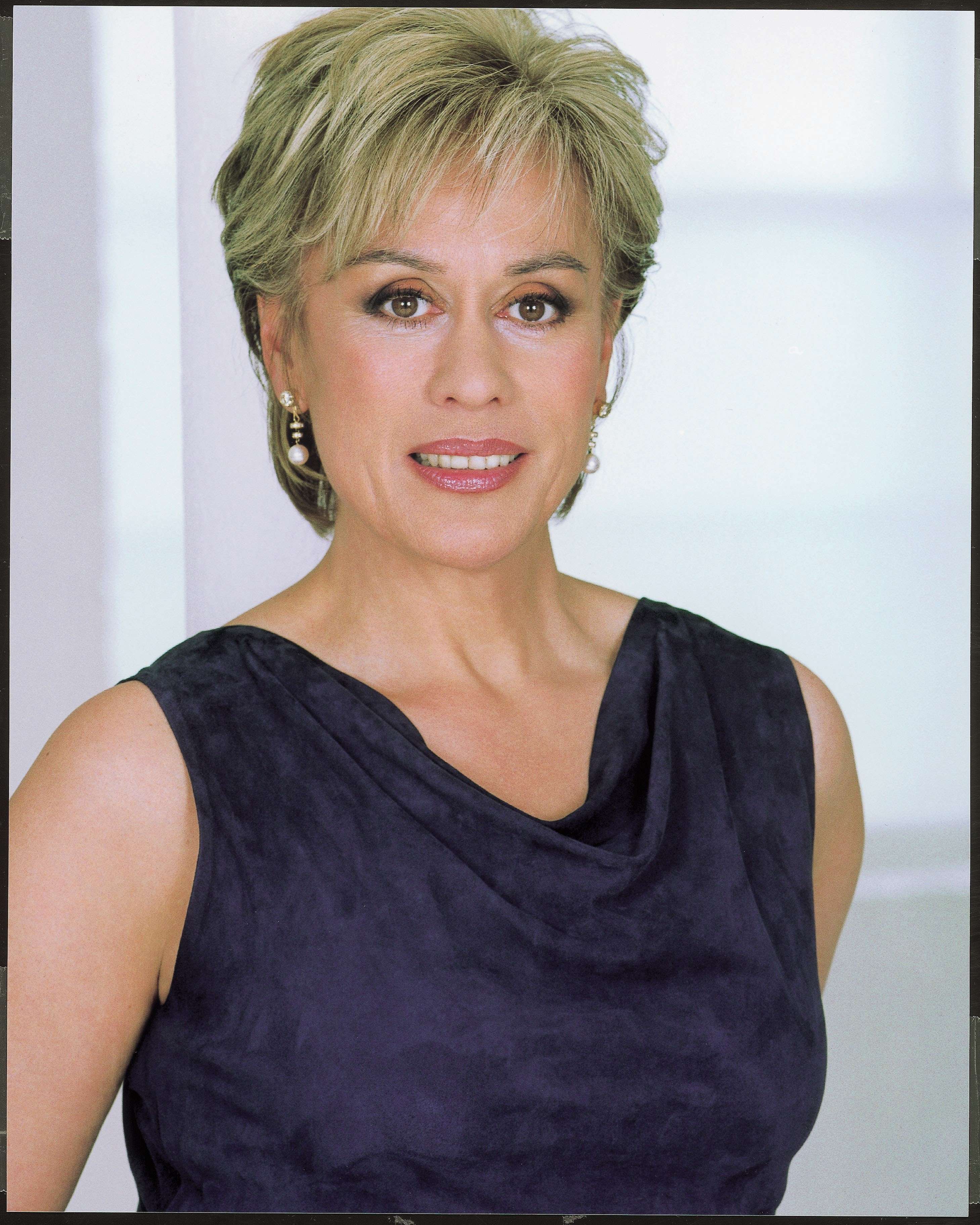|
Back
NHK Orchestra Bears Up During Crisis Montréal
Salle Wilfrid-Pelletier, Place des Arts
03/18/2011 -
Toru Takemitsu: Green
Richard Strauss: Vier Letzte Lieder TrV 296
Sergei Prokofiev: Symphony No. 5 in B-flat Major, Op. 100
Dame Kiri Te Kanawa (Soprano)
NHK Symphony Orchestra, André Previn (Conductor)

Dame K. Te Kanawa (© John Swannell)
Japan’s current tragedy lent a sober backdrop to Tokyo’s NHK Symphony Orchestra and Dame Kiri Te Kanawa’s visit to Montréal on Friday night. The NHK (or Japan Broadcasting Corporation) decided to fulfil their commitment to a four-stop North American tour shortly after the earthquake and tsunami struck. Before the concert, in the presence of the Ambassador of Japan to Canada, and the Japanese Consular General to Montréal, Place des Arts General-Director Marie Lavigne extended condolences to the families affected by the earthquake, tsunami and ongoing nuclear horror in Japan, as well as to those who suffered losses to the earthquake in New Zealand, home of Dame Kiri. Lavigne also invited audience members to contribute to a relief fund during intermission which collected $5,800.
The Orchestra, led by NHK Principal Guest Conductor André Previn, then paid homage with a poignant, unprogrammed rendition for strings only of Bach’s “Air on a G String”, from the third Suite in D, BWV 1068 – a fitting and moving testament. Following this, Orchestra Chairman Naoki Nojima announced (in Japanese followed by French translation) that two of its members whose families were affected by the disasters elected to remain in Japan, thus reducing the number of players to 93. The audience then offered a warm and prolonged standing ovation.
The concert proper began with a captivating interpretation of the Japanese composer Toru Takemitsu’s (1930–1996) Green, a six-minute work composed for the NHK in 1967. In his excellent program notes Robert Markow states that “Takemitsu synthesized with a high degree of success aspects of both Western and Oriental aesthetics and techniques.” Nicolas Slonimsky summarized his achievement... by noting that, from an Asian perspective, his music “is often formed from short motifs played out as floating dramas, subtle and exotic, through which Takemitsu seeks ‘to achieve a sound as intense as silence’; and on the Western side, he employs every conceivable technique developed by the European and American modernists. A preoccupation with timbres, textures, colours and evanescent sonorities became the hallmark of his unique style.” Inspired by the music of Debussy, Green indeed evokes a haunting stillness of forest and streams. One can almost see a faun turning to face the listener through the shimmering cascades of sound. Even this short work gave ample opportunity for the NHK to showcase its subtle and cultivated style.
Dame Kiri, now 67, then sang Strauss’ Four Last Songs, something she should not be doing. Her now feeble, strained and wobbly voice lacked power, and she could not always respect the indicated duration of the notes. Despite the Orchestra’s fast tempos, double pianissimos and restraint, it was still difficult to hear all her notes or to determine which ones she was dropping. To her credit she did a nice turn on the high B in “Beim Schlafengehen,” and convincingly sang the penultimate line of “Im Abendrot” – “So fief im Abendrot…”. The Orchestra as well was not at its best in accompanying her, failing to play together in a couple of instances. Despite all this, a warm sense of special occasion pervaded Salle Wilfrid-Pelletier. Dame Kiri is still much beloved and the audience showed their warm appreciation for her presence. (Some even left during the intermission.) Nevertheless, it is hard to believe they are scheduled to repeat this performance at Carnegie Hall on Monday night.
Those who stayed after intermission were richly rewarded, if not quite by a riveting, at least an honest and precise performance of Prokofiev’s Fifth Symphony – his longest and most popular. Its main theme, according to his Soviet biographer, Israel Nestyev, is “of man’s grandeur and heroic strength”. Or, in Prokofiev’s words, “a symphony of the greatness of the human spirit” – a fitting theme for celebrating their victory in World War II (it was premiered in 1945), as well as for the spirit required for rebuilding Japan.
The technique shown by the NHK players was almost flawless. Tight playing was evident in all sections. André Previn, although now 82, using a cane and sitting to conduct, maintained an even, tight balance throughout the work. In the first (Andante) movement, Previn emphasized its solemn grandeur without sacrificing warmth and agility. The lively, sardonic scherzo showed off the warm brass and lovely solo work from the flute and clarinet. The third movement (Adagio) is notable for its allusions to Beethoven’s Moonlight Sonata and the death scene of Mussorgsky’s Boris Godunov. Previn kept up the pulsing rhythm throughout which was underpinned by the fine lugubrious playing from the tuba. In the final movement (Allegro giocoso), infused with good humour and pulsing energy, Previn drove the players hard towards an exhilarating conclusion.
The NHK Symphony Orchestra
Earl Arthur Love
|